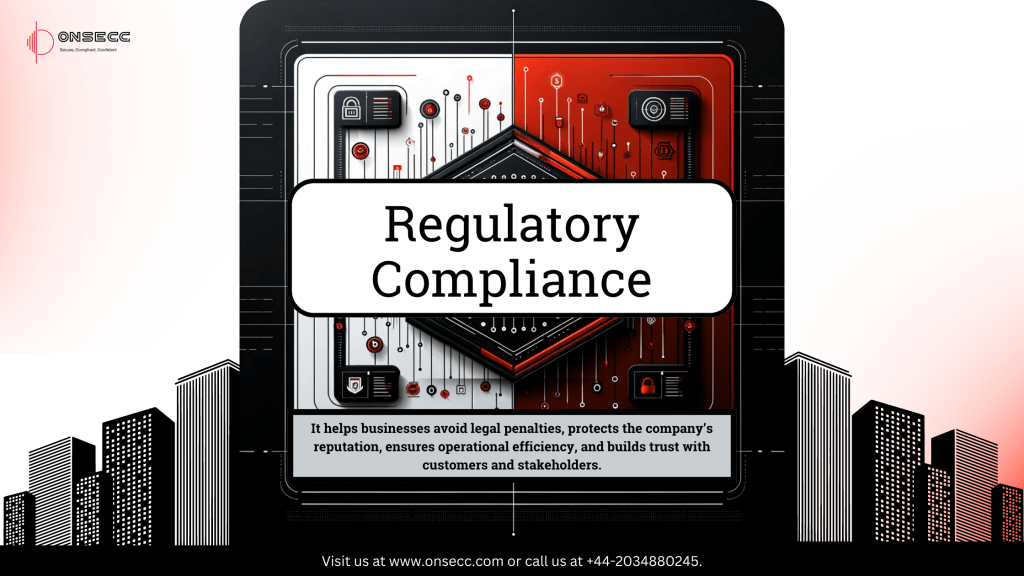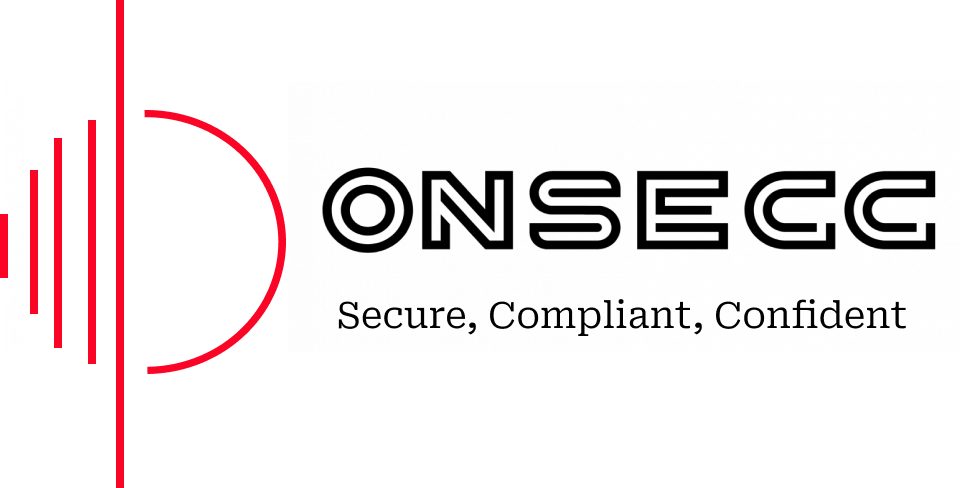10 Essential Regulatory Compliance Tips Every Business Owner Must Know
Regulatory compliance is a critical aspect for businesses, ensuring that operations align with laws, regulations, and standards set by governing bodies. Navigating these requirements can be challenging, but it is essential for maintaining business integrity and avoiding severe penalties.
In This Article:

Introduction
Regulatory compliance refers to an organization’s adherence to laws, regulations, guidelines, and specifications relevant to its business operations. Compliance ensures that companies operate within the legal framework and uphold standards set by regulatory bodies. The importance of regulatory compliance spans across various industries, from healthcare and finance to technology and manufacturing. Non-compliance can lead to severe consequences, including legal penalties, financial losses, and reputational damage. This article covers ten essential tips every business owner must know to navigate the complex landscape of regulatory compliance effectively.
Understanding Regulatory Compliance
Regulatory compliance involves understanding and adhering to a set of regulations and standards applicable to a business. These regulations are designed to protect public interest, ensure fair practices, and maintain ethical standards within industries.
Importance of Compliance
Compliance is crucial for maintaining operational efficiency and public trust. It ensures that businesses operate within legal boundaries and uphold ethical standards. Compliance also helps in avoiding legal penalties and financial repercussions.
Common Compliance Challenges
Businesses often face challenges such as understanding complex regulations, keeping up with regulatory changes, and implementing effective compliance management systems. These challenges can hinder compliance efforts and increase the risk of non-compliance.
Benefits of Compliance
Adhering to compliance regulations offers several benefits, including legal protection, enhanced reputation, operational efficiency, and trust with customers and stakeholders. Compliance also minimizes risks and helps in maintaining a competitive edge.
1. Understand the Specific Regulations for Your Industry
Understanding the regulations specific to your industry is the first step towards compliance. Each industry has unique regulatory requirements, and it’s crucial to identify and understand them thoroughly.
- Identify relevant regulations (e.g., GDPR for data protection, HIPAA for healthcare)
- Determine specific requirements for compliance
- Regularly update your knowledge on regulatory changes
2. Implement a Compliance Management System
A compliance management system helps in systematically managing compliance efforts. It ensures that all regulatory requirements are met efficiently.
- Key components of a compliance management system include policies, procedures, and controls
- Benefits of using compliance management software include automation, efficiency, and accuracy
- Steps to implement a compliance management system involve planning, execution, monitoring, and continuous improvement
3. Conduct Regular Compliance Audits
Regular audits help in identifying and rectifying compliance issues. They ensure that the business adheres to all regulatory requirements.
- Importance of compliance audits: they identify gaps and areas for improvement
- Steps to conduct an effective compliance audit: planning, execution, reporting, and follow-up
- Frequency of audits: regular intervals, typically annually or semi-annually, depending on industry requirements
4. Train Employees on Compliance Requirements
Employee training ensures that everyone is aware of compliance requirements. A well-informed workforce is crucial for maintaining compliance.
- Topics to cover in training sessions: regulatory requirements, company policies, and procedures
- Methods of delivering training: in-person sessions, online courses, and workshops
- Assessing the effectiveness of training: through quizzes, feedback, and performance assessments
5. Develop Clear Compliance Policies and Procedures
Clear policies and procedures provide a framework for maintaining compliance. They guide employees on how to comply with regulatory requirements.
- Essential elements of compliance policies: purpose, scope, responsibilities, and procedures
- How to document procedures effectively: use clear and concise language, including step-by-step instructions
- Ensuring policies are accessible to all employees: through an internal portal or manual
6. Monitor and Report Compliance Activities
Continuous monitoring and reporting help in maintaining compliance. They ensure that all activities are aligned with regulatory requirements.
- Tools and techniques for monitoring compliance: software solutions, regular checks, and audits
- Importance of reporting in compliance management: transparency and accountability
- Key metrics to track: compliance rates, incidents, and corrective actions
7. Engage with Regulatory Experts
Engaging with experts can provide valuable insights and guidance. They help in understanding complex regulations and implementing effective compliance strategies.
- Benefits of consulting with regulatory experts: expertise, experience, and up-to-date knowledge
- Types of regulatory experts to engage: consultants, legal advisors, and industry specialists
- How to choose the right expert for your business: based on their experience, reputation, and alignment with your business needs
8. Implement Strong Data Protection Measures
Data protection is a crucial aspect of regulatory compliance. Protecting sensitive information is essential for maintaining trust and avoiding legal issues.
- Best practices for data protection: encryption, access controls, and regular backups
- Tools and technologies for data security: firewalls, antivirus software, and intrusion detection systems
- Legal implications of data breaches: financial penalties, legal action, and reputational damage
9. Stay Updated on Regulatory Changes
Regulations are constantly evolving, so staying updated is essential. Keeping abreast of changes ensures that your compliance program remains effective.
- Sources of regulatory updates: government websites, industry associations, and regulatory bodies
- How to integrate updates into your compliance program: review and revise policies, train employees, and update compliance management systems
- Importance of proactive compliance management: it helps in anticipating and preparing for regulatory changes
10. Conduct Risk Assessments Regularly
Risk assessments help in identifying potential compliance issues. They ensure that risks are managed proactively and effectively.
- Steps to conduct a risk assessment: identify risks, analyze their impact, and develop mitigation strategies
- Tools for risk assessment: risk assessment software, checklists, and templates
- How to mitigate identified risks: implement controls, monitor their effectiveness, and review regularly
Conclusion
Regulatory compliance is essential for every business, ensuring that operations align with laws and standards set by regulatory bodies. By understanding specific regulations, implementing a compliance management system, conducting regular audits, training employees, and staying updated on regulatory changes, businesses can maintain compliance effectively. Proactive compliance management not only helps in avoiding legal penalties but also enhances operational efficiency and public trust.
Incorporating statistics and data:
- According to a recent study, businesses that maintain strong compliance programs reduce their risk of regulatory fines by up to 50%.
- A report from Proofpoint highlights that data breaches can cost companies an average of $3.86 million per incident.
- The GDPR enforcement has resulted in over $332.4 million in fines since its implementation, underscoring the importance of robust data protection measures.
By following these tips and integrating a comprehensive compliance strategy, businesses can navigate the complex regulatory landscape effectively and ensure long-term success.
Contact info
- 3rd Floor, 86-90 Paul Street, London, EC2A 4NE, UK
- +44-2034880245
- hello@onsecc.com
Share Blog On
Recent Posts:
-
 Cyber Insurance for Small Businesses: What You Don't Know Could Cost You Everything
Cyber Insurance for Small Businesses: What You Don't Know Could Cost You Everything -
 Meet AkiraBot: The AI Spam Demon Haunting 420,000 Websites (and Counting)
Meet AkiraBot: The AI Spam Demon Haunting 420,000 Websites (and Counting) -
 2,500 Faces of Deceit: The Proliferation of Malicious Truesight.sys Variants
2,500 Faces of Deceit: The Proliferation of Malicious Truesight.sys Variants -
 Zero-Day Vulnerabilities: The Invisible Threat Redefining Cybersecurity
Zero-Day Vulnerabilities: The Invisible Threat Redefining Cybersecurity -
 The Middle East’s Cybersecurity Gap: Building Defenses for a Digital Future
The Middle East’s Cybersecurity Gap: Building Defenses for a Digital Future -
 The Cost of Non-Compliance: What the TfL Cyber Attack Teaches Us
The Cost of Non-Compliance: What the TfL Cyber Attack Teaches Us -
 GDPR in the United States: A Do or Die Situation for Businesses
GDPR in the United States: A Do or Die Situation for Businesses -
 Is Your Business PCI Compliance Certified? Don’t Risk It!
Is Your Business PCI Compliance Certified? Don’t Risk It!
FAQs
Regulatory compliance refers to an organization’s adherence to laws, regulations, guidelines, and specifications relevant to its business operations. Compliance ensures that companies operate within the legal framework and uphold standards set by regulatory bodies.
Regulatory compliance is important because it helps businesses avoid legal penalties, protects the company’s reputation, ensures operational efficiency, and builds trust with customers and stakeholders.
Businesses can ensure continuous compliance by implementing a compliance management system, conducting regular audits, training employees, and staying updated on regulatory changes.
A compliance management system includes several key components: policies and procedures, risk assessments, training programs, monitoring and reporting mechanisms, and regular audits. These components work together to ensure that the business adheres to regulatory requirements and can quickly identify and address compliance issues.
Onsecc provides comprehensive compliance solutions, including compliance management software, expert consulting services, and training programs. Our solutions are designed to streamline compliance processes, enhance data protection, and ensure that businesses stay updated with regulatory changes, thereby reducing the risk of non-compliance and associated penalties.


